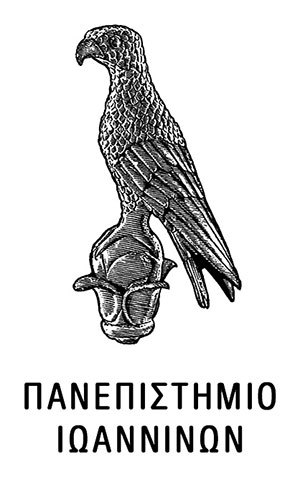Photoinduced energy transfer between Re(I) and Ru(II) termini connected through a new exo-ditopic bis-phenanthroline ligand fused to a central macrocycle spacer: Synthesis, structure, and electrochemical and photophysical properties of a heterodinuclear complex

